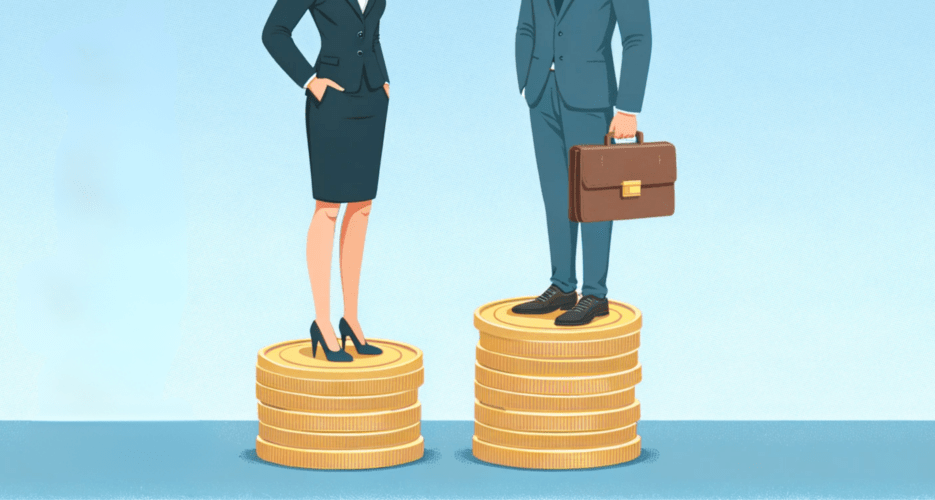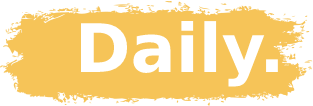Although South Korea inches toward gender pay parity, the political landscape continues to impede full-scale progress
South Korea’s gender wage gap is showing signs of narrowing, as revealed in the “2023 Women’s Economic Activities White Paper” published by the Ministry of Gender Equality and Family and the Ministry of Employment and Labor. The report indicates that in the last year, women’s hourly wages have reached 70% of men’s, up from 64.8% in 2012. Additionally, the gender employment rate gap has decreased from 22.5 percentage points in 2012 to 18.6 percentage points.
The report also highlights the persistent challenges in achieving full gender equality in the labor market. Despite the progress, the ratio of women’s monthly wages to men’s still shows a significant gap. The employment rate for women, especially in the age group 35 to 39, remains a concern, highlighting the need for further improvements in gender parity in the workplace.
Why It Matters
The white paper’s findings hold significant weight in a country with the largest gender pay gap among Organization for Economic Co-operation and Development member states. While the report indicates some progress in narrowing this gap, its publication under the Yoon Suk-yeol administration casts a shadow over its significance. Yoon capitalized on anti-feminist sentiments among young South Korean men for electoral gains and once vowed to abolish the gender ministry, though he has not yet fulfilled this promise.
While showcasing incremental improvements, the report also highlights the systemic and cultural challenges entrenched in South Korea’s labor market, especially for women in their mid-to-late thirties. This demographic continues to face significant hurdles, emphasizing a lack of targeted, effective policies under the current administration to support women’s career continuity, particularly post-childbirth. South Korea’s fertility rate reached a record quarterly low of 0.7 in the third quarter of 2023 — significantly below the replacement level of 2.1, which is necessary to maintain population stability.
Despite the incremental progress women have made, the likelihood of a significant policy shift under Yoon seems minimal. The recent announcement by Lee Jun-seok, former leader of the ruling People Power Party, to establish a new conservative party adds a new dimension to this political landscape. Lee, known for his anti-feminist stance and pivotal role in securing young male votes for Yoon, signifies a continuing trend in South Korean politics where gender issues are leveraged for electoral gains. Given the proximity of parliamentary elections, now only 105 days away, Yoon will likely further entrench his positions to maintain unity among conservative supporters, sidelining efforts to address gender disparities.
South Korea’s gender wage gap is showing signs of narrowing, as revealed in the “2023 Women’s Economic Activities White Paper” published by the Ministry of Gender Equality and Family and the Ministry of Employment and Labor. The report indicates that in the last year, women’s hourly wages have reached 70% of men’s, up from 64.8% in 2012. Additionally, the gender employment rate gap has decreased from 22.5 percentage points in 2012 to 18.6 percentage points.
The report also highlights the persistent challenges in achieving full gender equality in the labor market. Despite the progress, the ratio of women’s monthly wages to men’s still shows a significant gap. The employment rate for women, especially in the age group 35 to 39, remains a concern, highlighting the need for further improvements in gender parity in the workplace.
Get your
KoreaPro
subscription today!
Unlock article access by becoming a KOREA PRO member today!
Unlock your access
to all our features.
Standard Annual plan includes:
-
Receive full archive access, full suite of newsletter products
-
Month in Review via email and the KOREA PRO website
-
Exclusive invites and priority access to member events
-
One year of access to NK News and NK News podcast
There are three plans available:
Lite, Standard and
Premium.
Explore which would be
the best one for you.
Explore membership options












